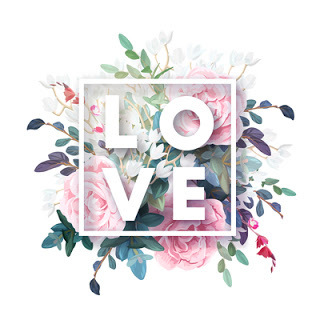Conflict and Tension, Part 4
Melanie Dickerson here. I hope y’all aren’t tired of my posts about Conflict and Tension, but I thought I needed to do one last discussion on HOW to add appropriate Conflict and Tension in your stories.
I have to admit, when I’m plotting, I don’t like making an outline or even filling out a worksheet on my characters or my plot. I have done the worksheet thing, and even created my own Plotting Worksheet, but I find that it doesn’t really help me. I have to work out my plot and characters in my head.
One thing I don't have trouble with is getting my characters to fall in love. The hard part is keeping them apart long enough. But that's a blog post for another time.
 I also have trouble explaining my process, or even understanding what my process is! Sigh. I’m not methodical. At all. But, having said that, I think talking about certain aspects of your characters can help you figure out ways to create and add to the conflict in your story.
I also have trouble explaining my process, or even understanding what my process is! Sigh. I’m not methodical. At all. But, having said that, I think talking about certain aspects of your characters can help you figure out ways to create and add to the conflict in your story. We’ve already talked a little about the need for conflict. No conflict equals a very boring story. Every story must have conflict and tension or there is no story. But how do you create a conflict that works for your story?
Look at what you already have. I tend to start with a character that I know a few things about, then pick a fairy tale (when I’m writing my fairy tale retellings), and just let my imagination take it wherever seems fun, interesting, and romantic.
When I was coming up with The Huntress of Thornbeck Forest, I remember I was thinking about fairy tales and familiar stories I might want to use as a basis for a story. I decided I wanted to take two stories and mesh them together. I started thinking about Robin Hood versus the person in charge of the forest. That would be instant conflict. What if my Robin Hood was a woman who was killing deer to feed the poor, and the hero was the forester who was in charge of catching poachers? And then I thought of Swan Lake. What if the forester fell in love with the “Swan” character from Swan Lake and [spoiler alert!] ended up shooting her? Just like in the Swan Lake story, the hero is in love with the heroine but doesn’t know her true identity. And then, when she’s in her alternate state—not a swan, but a poacher—he shoots her, then immediately realizes he’s shot the girl he’s in love with! Lots of angst and drama and CONFLICT!
That’s an example of something I learned from Mary Connealy many moons ago on the Seekerville blog, which is: Give the hero and heroine competing goals, or competing occupations.
So if you already know what occupation you want one of your main characters to have, then give their love interest an opposing occupation. An oil driller will fall in love with an environmentalist. A mayor will fall in love with a political protester. An aristocrat will fall in love with a poor governess (Jane Eyre). A duchess will fall in love with her betrothed’s brother (The Fairest Beauty). A margrave who disapproved of his brother falling in love with a servant will himself fall in love with a servant girl disguised as an aristocrat (The Beautiful Pretender).
I could go on and on but you get the picture.

Another way of adding conflict is to think about your main characters’ greatest fear and force them to face it. Do you know your main characters’ greatest fears? Do you know their goals? Their motivations? What happened to them when they were children that scarred them and gave them their greatest fears? This is all great stuff to use to create conflict and tension. And it’s not enough to know what their goal is. You have to know WHY that’s their goal, what their motivations are.
Does your character have trust issues? Use that. Do they have issues with rejection and abandonment? You can use that. What is their greatest strength? You can even use that, especially if their strength becomes a weakness by causing them to be prideful about that one thing. Make sure you challenge their strengths and weaknesses. You can use events, circumstances, the villain, or the other main character to do this.
As an example of the characters’ greatest fears causing conflict . . . In A Viscount’s Proposal, the conflict comes from the hero’s disapproval of the heroine, as well as her fear of marrying someone who wouldn’t feel any passion or genuine love for her, since that’s the kind of marriage her parents have. The hero’s stuffiness and arrogance, as well as his disapproval of the heroine, come from his fear of scandal—his father was embroiled in a scandal that got him killed when the hero was just a boy, which also led to his mother’s death. You can imagine their horror when, toward the middle of the story as they get to know each other, they each begin to feel an attraction for the other. Their fears are still there, so there’s lots of inner conflict now. Their trust issues also come into play, creating more tension and conflict.
So, your turn. How do you come up with conflict in your stories? If you’re having trouble coming up with enough conflict in your current WIP, have you mined their worst fears? Their goals and motivations? Their childhood scars and traumatic events? Leave a comment and let’s discuss.
If you like Regency romance with some suspense thrown in, the Regency Spies of London series is on sale, this month only, for $1.99 each.
 Get them for your Kindle
Get them for your KindleAnd if you're on Goodreads, I would love it if you would add my Aladdin retelling, The Orphan's Wish, to your Want to Read shelf!

Pre-order this Aladdin retelling! Releases June 26th.
Published on May 22, 2018 21:00
No comments have been added yet.



